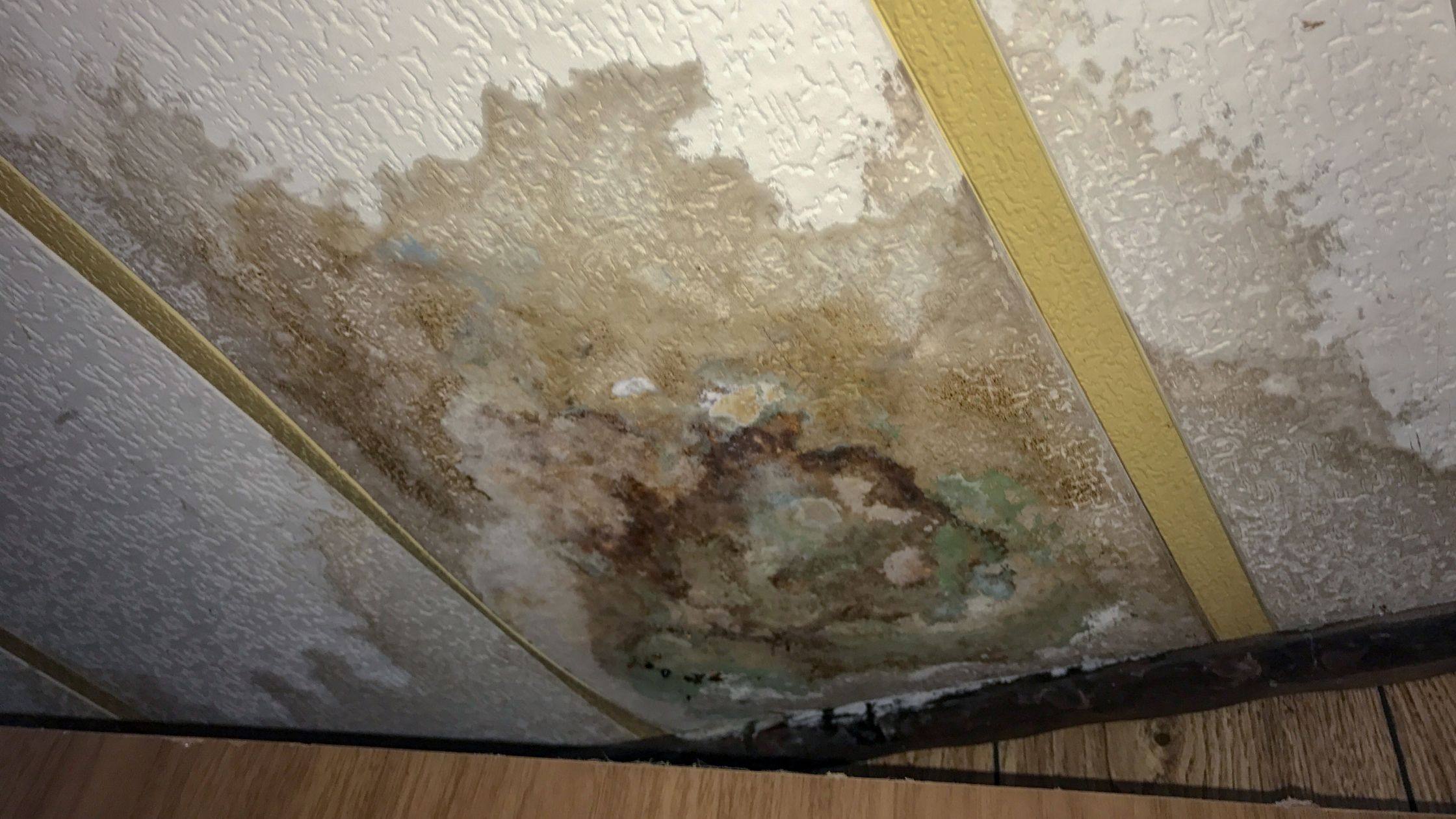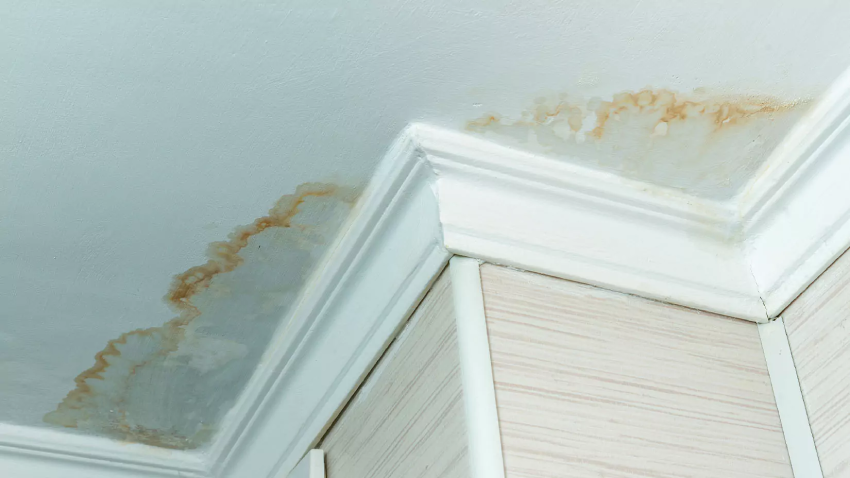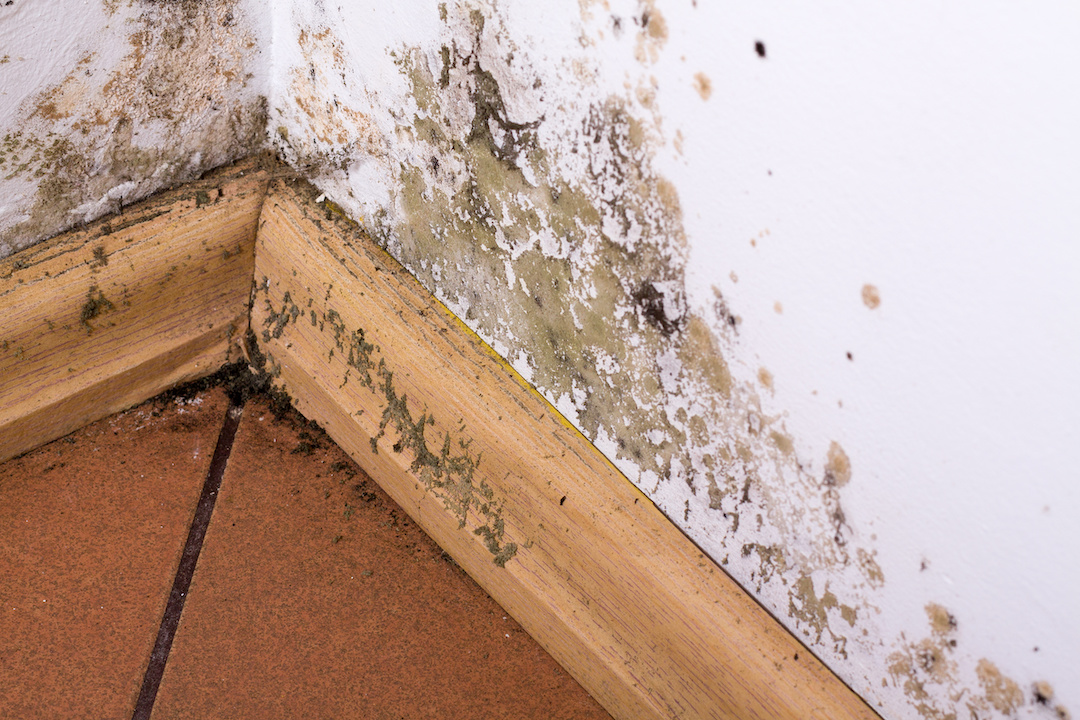Water Mitigation Company with Proven Track Record of Success in Restoration
Water Mitigation Company with Proven Track Record of Success in Restoration
Blog Article
The Process of Water Damage Cleanup: Ensuring Your Home Is Recovered Properly
Water damage can be a challenging difficulty for home owners, requiring a organized and careful clean-up process to recover security and performance. damage restoration services. Following this, efficient water extraction techniques play a pivotal role in reducing more harm.
Assessing the Damage
Upon discovering water damage, the very first step is to extensively examine the level of the effect. This initial analysis is critical, as it assists figure out the required steps for effective cleanup and reconstruction. Begin by checking the impacted locations, including walls, ceilings, floorings, and individual valuables, to determine the source of the water invasion, whether from flooding, leaks, or condensation.
Documenting the damages is necessary for both insurance claims and planning restoration initiatives - damage restoration services. Usage pictures and composed notes to catch the extent of the damage, noting any type of affected structural components and products. Pay special interest to areas that might not be right away noticeable, such as behind wall surfaces and under carpets, as hidden wetness can bring about additional difficulties, including mold development
In addition, examine the timeline of the water direct exposure. The longer the products remain wet, the higher the possibility for damages. Understanding the duration of direct exposure will inform the necessity of remediation efforts. Eventually, an extensive analysis lays the groundwork for a successful water damages cleaning process, guaranteeing that all influenced areas are addressed efficiently and thoroughly.
Water Removal Techniques

Professionals usually use completely submersible pumps for larger volumes of water, which can promptly relieve flooding in basements or other impacted areas. For smaller sized quantities, wet/dry vacuum cleaners are commonly utilized to remove residual moisture from rugs and hard surface areas. Additionally, making use of mobile extractors permits for targeted removal in constrained areas or areas with fragile materials.
In instances of infected water, such as sewage or floodwater, advanced removal strategies may entail making use of biohazard tools to make sure safety and conformity with health laws. High-powered extraction devices are critical in lessening water retention in structural products, which can bring about mold and mildew growth and architectural deterioration otherwise resolved without delay.
Inevitably, the performance of water removal strategies plays a crucial function in the general success of the water damage cleanup process, preparing for subsequent restoration initiatives.
Drying and Dehumidification
As soon as standing water has been properly extracted, the next essential stage in the water damage cleaning procedure is drying out and dehumidification. This step is important to prevent additional damages and mold and mildew growth, which can happen within 24 to 48 hours in damp atmospheres.
To attain effective drying, specific tools such as industrial-grade air movers and dehumidifiers is utilized. Air movers circulate air throughout damp surfaces, improving evaporation rates, while dehumidifiers lower moisture degrees airborne, promoting a conducive atmosphere for drying out. The combination of these devices makes certain that moisture is attracted out from home furnishings, floorings, and wall surfaces, enabling them to water damage restoration dry extensively.
It is very important to check the drying procedure closely. Specialists usually use dampness meters to examine the dampness content in various materials, making sure that all influenced locations reach acceptable dryness degrees. This precise approach assists to avoid concealed dampness pockets that can lead to structural damages or harmful mold growth.

Cleansing and Sanitizing
After the drying and dehumidification stage is complete, the following important step in water damage cleanup is cleaning and disinfecting the impacted locations. This process is essential to avoid the development of mold, bacteria, and various other virus that flourish in damp atmospheres.
The cleansing phase typically includes removing any debris, dust, and contaminants from surface areas utilizing specialized cleaning agents. For difficult surface areas, a mix of soap and water or industrial cleansing items is typically used. Soft materials, such as upholstery and rugs, might require a lot more extensive cleansing methods, consisting of vapor cleaning or deep removal techniques, to make certain detailed sanitation.

Disinfecting follows cleansing, making use of EPA-approved anti-bacterials to get rid of harmful bacteria. This step is important, specifically in locations that may have come right into call with floodwaters or sewage, as these sources can pose major health threats.
Furthermore, it is necessary to deal with any type of continuing to be odors, which may require using smell neutralizers or advanced techniques like ozone treatment. Correct cleansing and disinfecting not just restore the safety and hygiene of your home yet additionally prepared for effective repair and repair services in subsequent stages of the water damages cleaning procedure.
Reconstruction and Repair Work

When the evaluation is total, reconstruction initiatives can start. Additionally, flooring may call for similar interest, depending on the degree of water direct exposure.
It is essential to involve experienced remediation experts throughout this process, as they possess the knowledge to deal with complex fixings effectively. They can aid minimize possible future issues, such as mold and mildew growth or structural instability, thus guaranteeing a habitable and risk-free living setting. Inevitably, reliable restoration and repairs bring back the home's stability and boost its total value.
Verdict
In final thought, the procedure of water damages clean-up is important for restoring a home to its pre-damage problem. Each stage, from assessing the damage to executing efficient water removal methods, complied with by thorough drying, sterilizing, and necessary repair work, plays a necessary duty in making certain safety and security and conformity with building requirements. Efficient implementation of these actions not just mitigates instant damages however also improves the lasting integrity and value of the residential property.
Water damages can be a complicated challenge for homeowners, demanding a meticulous and organized cleaning procedure to bring back safety and capability. Eventually, a thorough assessment lays the foundation for an effective water damages cleanup process, making certain that all affected areas are attended to effectively and thoroughly.
Efficient water removal strategies are important in alleviating damages and preventing additional issues adhering to a water breach event.In final thought, the procedure of water damages cleanup is important for bring back a home to its pre-damage condition. Each phase, from analyzing the damage to executing efficient water removal strategies, complied with by detailed drying, sanitizing, and needed fixings, plays a vital function in making sure safety and security and compliance with structure criteria.
Report this page